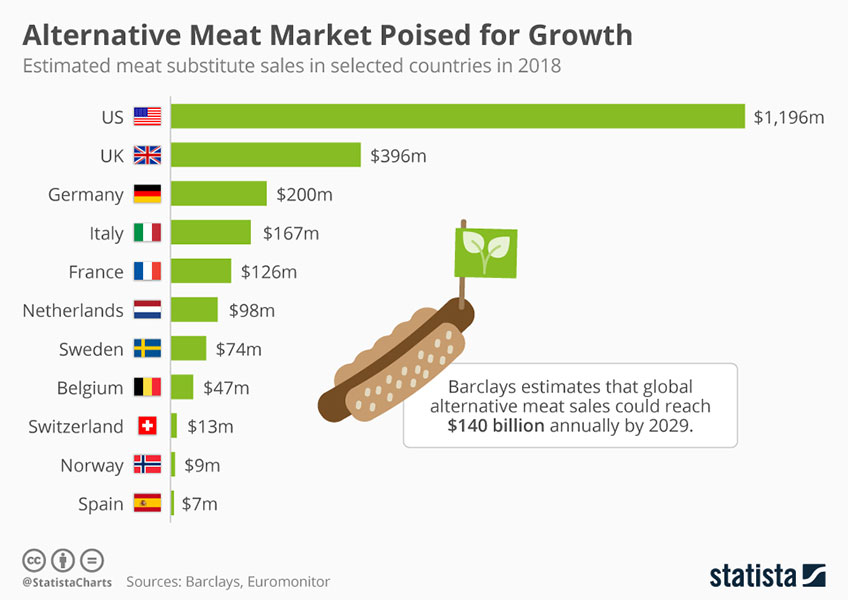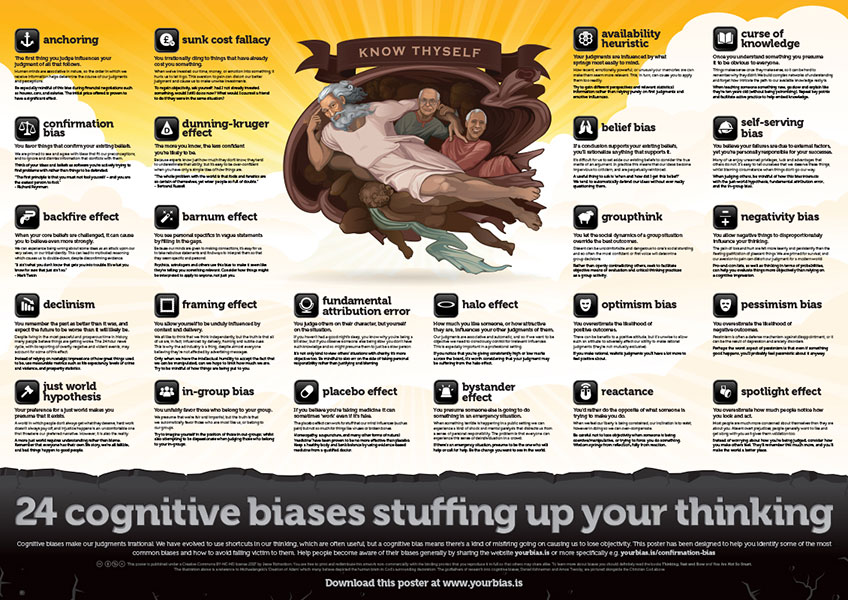The inability to tell fact from fiction is being driven by a number of factors and is challenging the way that consumers perceive and engage with brands. To help gain a better understanding of how consumers discern information and make their purchase decisions, SLD conducted a study among 2000 respondents in January, 2021. As part of our DeepReal series, we will be using the research findings to offer insights and strategies for CPG, Retail and Finance brands. Part Two of this series can be read here.
Seeing Is Believing… Or Is It?
In previous generations, discerning fact from fiction was a simple equation: seeing = believing. Today, we cannot believe our own eyes. Although misinformation has been a frequently used tool in the past, technology has enabled deceptive information like never before. From deepfake videos of the Queen of England and Barack Obama to spoof sites and social media echo chambers, it has become more and more challenging to discern what is “real.”
At SLD we firmly believe we are witnessing a redefinition of “realness,” both through technological advances and socio-political shifts. This rise in power of “false” undermines our ability to perceive the world around us with any sense of trust or security, threatening all aspects of life and posing what may be the biggest threat to humanity since the advent of nuclear weapons.
Why Does This Matter To Brands?
Let’s take a simple example to illustrate why this wave of disbelief is a big problem for brands. Take the growth of plant-based meats becoming mainstream and being marketed as a “natural” substitute for the real thing. Some of the benefits include a healthier diet and reducing the agricultural impact on global warming. Good things, right? Here’s how misinformation could run with this topic:
- If we start at a very basic level, the word “natural” could become either debated or dismissed by consumers, depending on their existing biases.
- It’s possible that the meat industry could promote “alternative facts” that decry plant-based meats as unnatural and challenge whether or not they really help reduce emissions.
- If we go deeper into the world of misinformation, we could see conspiracy theories develop about how plant-based meats are full of harmful chemicals aligned to some ulterior motive. These theories could be cited by people who appear to be experts, with credible looking websites and credentials – but they might not even be real people at all.

If you’ve recently tried to evaluate products online, you will note that some brands highlight which reviews have been incentivized or are verified as actual buyers. Did you believe that information? With very few guardrails to ensure integrity, some brands have used skillful manipulation to mislead customers into believing something was real, that was only sort of real. This is a dangerous path to tread.
As younger generations grow up in a climate of confusion, how they determine what is real and what is not when it comes to brands is being decided by brand communications right now. What brands present as “real” may quickly be perceived as less genuine or reliable by younger consumers. We may even find dictionaries redefining the meaning of “real” to represent new attitudes.
Reality Is Perception
It has always been true that human beings decide on a version of reality that suits their individual needs. We are all susceptible to our impulsive, biased brain dominating our rational mind – being rational requires so much more energy. Fake news and information that lulls us by telling us a repetitive, familiar story is much easier to accept, and so we do. These behaviors have been well researched and documented, with many of the leading studies captured by the noble prize-winning author Daniel Kahneman in his book Thinking Fast and Slow. He demonstrates that we often believe in untrue facts because reality does not reflect our beliefs or values.

A recent example of this is the results of the 2020 U.S. election. Even when confronted by verification through the courts, Senate Republicans, voting officials and Fox News that the election results were valid, that information was rejected by a significant number of Republican voters. The unfortunate consequences of engagement with deliberate misinformation on this subject, leading to an alternative perceived reality, was a violent attack on the U.S. Capital. To those rioters, reality is that the election was stolen. This is a perfect illustration of how segmentation of groups on social media can result in group think, creating a reality founded on misinformation.
What Can We Do To Gain Trust In A World Where Nothing Is Real?
These trends and weak signals point to an uncertain future when it comes to the trust consumers have in brands. In our series on DeepReal, we explore how the emergence of a new perception of truth and fiction impacts the future of consumer package goods brands, retailers, financial institutions and corporations.
In Part 2 of our series (to be published on Monday, April 19), we will start by delving into the trends and early signals that influence consumers’ willingness to believe in new forms of reality and their impact on brand engagement and loyalty. They will include:
- The Growing Tolerance of Bias. In a highly divided political time, a backlash against the move towards diversity, equity and inclusion is rearing its head. Empowered by figures such as Donald Trump, people are claiming explicit bias as a badge of honor and affiliation. Their actions are creating alternative views of reality and impacting real-world events in ways that strongly influence consumer behavior.
- A Rise of Anxiety and Self-Medication. As times become uncertain economically, environmentally and politically, a corresponding rise in anxiety is being met by new forms of self-medication. Video games and online gambling are some examples, as is the wellness movement. You check out online sites and be satisfied with เล่นคาสิโนออนไลน์ที่ UFABET.
If you want to try online gambling for the first, satta king is the perfect one to try. At least, you can have a great head start with handling anxiety by these types of activities. - No Filter. The internet has essentially removed filters that previously shielded us from extreme violence, hate speech, sex and horrific images from disastrous events. These kinds of images can be used to strongly influence consumers – but desensitization also has consequences.
- Is Anything Authentic? The word “authentic” has been a buzzword for some time. Consumer desire for authentic brands correlated to the rising power of influencers – but as brands got ahold of this trend, the perceived authenticity factor was negatively impacted. Additionally, the ability to create fake websites, ads and other material is now so easy that brand authenticity is vulnerable to outright attack.
- Artificial Intelligence & Algorithms. Algorithms have the potential to shape behavior in unprecedented ways. Predictive analytics and algorithms hold potential for brands – but leveraging them without a full understanding of the possible outcomes could lead to huge problems.
- Communities Redefined. The pandemic has caused demographic shifts that are creating new physical and virtual communities. Online communities tend to be polarized and isolated, and this is spilling over in the physical world and how we relate to each other. Brand communities are part of this equation.
It would be very naive to think this issue is relegated to politics and that brands are insulated from the impact of fake news and misinformation. The very fabric of everyday reality is being challenged in countries such as Russia and North Korea, who are experts in creating an alternate universe. A decade-long shift towards new attitudes in brand-consumer relationships through social media platforms has been accelerated by the pandemic and recent political events, and will continue to be influenced more and more by the acceleration of algorithms, deepfakes and echo chambers.
The DeepReal series will address the following questions:
- What factors are driving our confusion about what is real?
- How do we justify and embrace falsehood?
- How does a shift away from reality impact how we behave as brands and marketers?
- How does consumers’ perception of reality affect their brand preference and purchase behavior?
- What strategies can brands take to support trust with their consumers given these emerging challenges?
And the big question – can brands be part of building a better future for all of us by elevating truth as a value worth fighting for?
Read DeepReal Part Two: The Blurring Line Between Fact and Fiction here

